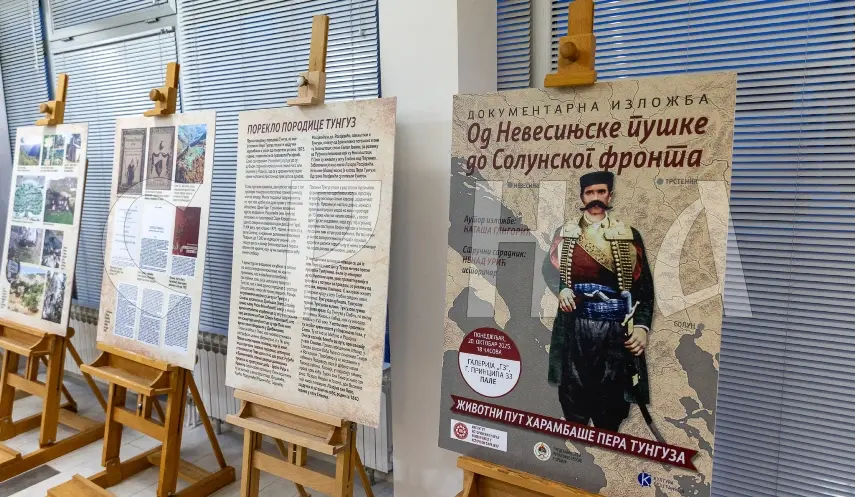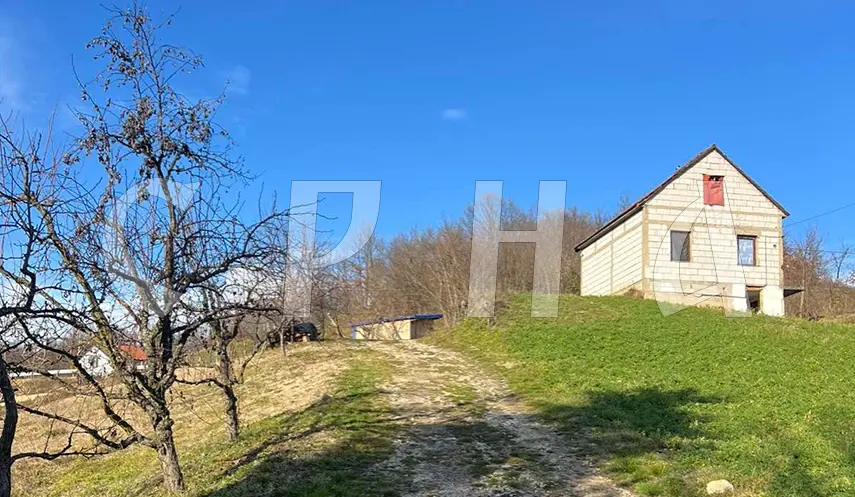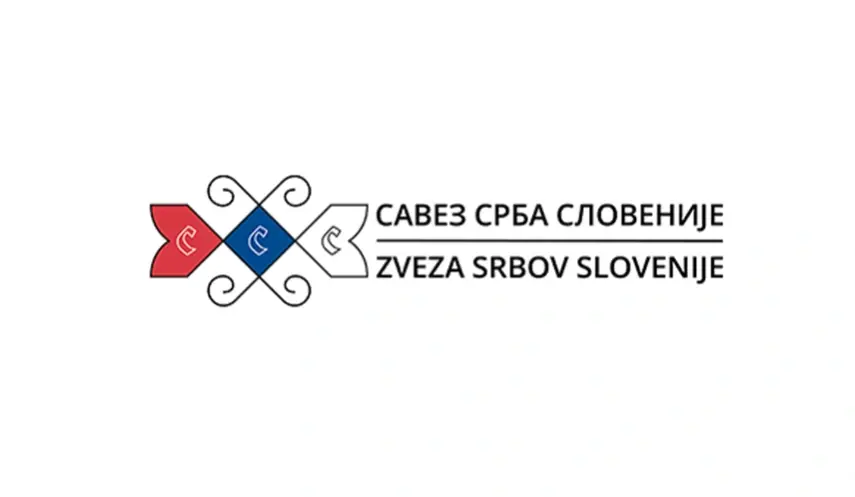DOCUMENTARY EXHIBITION "FROM NEVESINJE UPRISING TO SALONIKA FRONT" OPENED
Republika Srpska – Pale – culture
10/20/2025
21:09

PALE, OCTOBER 20 /SRNA/ – The documentary exhibition "From Nevesinje Uprising to Salonika Front", dedicated to Pero Tunguz, a national hero and symbol of Serb resistance from the Ottoman period to the Great War, authored by Nataša Gligorić, was opened this evening in Pale.
The exhibition, set up in the G Three gallery, showcases through documents, photographs, and archival materials, key events and figures from the period between the Nevesinje Uprising in 1875 and the end of World War I and the breakthrough of the Salonika Front.
Visitors have the opportunity to view 27 panels depicting the heroic journey of leader and warrior Pero Tunguz.
Draga Mastilović, Director of the Historical Sciences Institute at the University of Istočno Sarajevo, stated that exhibition’s aim is to bring closer the significant historical processes that shaped the national and cultural history of the Serb people in the second half of the 19th and early 20th century.
"Pero Tunguz is a figure in Serb history from whom both present and future generations can learn," Mastilović emphasized.
He explained that Tunguz, along with Stojan Kovačević, was one of the most renowned freedom fighters in Herzegovina, and that he is notable for initiating the Herzegovina Uprising on July 5, 1875, which also marked the beginning of the Great Eastern Crisis.
"That gunshot echoed throughout Herzegovina and Europe. But he is not known only for that, he was also one of the main leaders of the Ulog Uprising in 1882 against Austro-Hungarian rule," Mastilović said.
He pointed out that Tunguz, in his later years, volunteered with the Serb forces at the outbreak of World War I, and went through all the hardships—from the defense of Belgrade, the Great Retreat, to the breakthrough of the Salonika Front.
"This proves he is truly an extraordinary figure in Serb history," Mastilović said.
He invited all interested citizens, students, young people, and history enthusiasts to visit the exhibition over the next 15 days to refresh their memory of the heroic struggle and historical legacy that paved the path to freedom.
Gligorić noted that she is the great-granddaughter of the legendary leader Tunguz and that she wanted to contribute in her own way to the important anniversary being jointly marked by Republika Srpska and Serbia - 150 years since the outbreak of the Nevesinje Uprising, a Serb revolt against Ottoman occupation.
Gligorić, who is also the secretary of the Nevesinje People Association in Belgrade, said that in preparing the exhibition, she used family documents, as well as books written by her grandfather Danilo Tunguz Perović, a historian, and his brother.
She also added that historian Nenad Urić assisted her a lot by contributing archival and library materials, giving credibility to the exhibition.
This exhibition was previously displayed in Belgrade, Trebinje, Nevesinje, Bileća, and Gacko. The organiser of the exhibition in Pale is the Historical Sciences Institute at the University of Istočno Sarajevo.

RADANOVIĆ: PRESSURE ON SERB RETURNEES IN TEOČAK AIMED AT FORCING THEM TO LEAVE

ONLY SERB RETURNEE FAMILY UNDER PRESSURE FROM MUNICIPAL AUTHORITIES

ALLIANCE OF SERBS OF SLOVENIA SUPPORTS CALL FOR LIFTING SANCTIONS AGAINST DODIK




